Sustainable Fashion: Defined
By: Raina Khumush
Andy Sachs: “It’s just that both those belts look exactly the same to me...I’m still learning about all this stuff.”
Miranda Priestly: This... ‘stuff’? You go to your closet and you select that lumpy blue sweater…But what you don’t know is that that sweater is not just blue, it’s not turquoise, it’s not lapis, it’s actually cerulean. You’re also blithely unaware of the fact that in 2002, Oscar De La Renta did a collection of cerulean gowns...and then cerulean quickly showed up in the collections of eight different designers…it filtered down through the department stores, trickled on down into some tragic casual corner where you fished it out of some clearance bin. That blue represents millions of dollars and countless jobs and so it’s sort of comical how you think that you’ve made a choice that exempts you from the fashion industry when, in fact, you’re wearing the sweater that was selected for you by the people in this room.”
You undoubtedly recognize the above quote from the movie “The Devil Wears Prada” starring Meryl Streep as Miranda Priestly and Anne Hathaway as Andy Sachs and you may be wondering how it relates to sustainability. Well, the last line sums up how the choices of top decision makers and designers in the fashion industry can affect the general public, for better or for worse (i.e. fleece lined crocs).
You may also be thinking that fashion is superficial and unimportant, but the numbers paint a somewhat different picture. More than 175,000 New Yorkers work in the industry, and more than $10 billion is traded per year in New York City alone. We are all affected by fashion trends whether we work in the industry or not, and an emerging trend is the reshaping of the traditional business model and development of strategies focused on sustainability. The recession has also played a large role in encouraging a shift in consumer preferences toward green products.
But before we can decide on which initiatives to pursue, let us first understand what sustainable fashion is. Depending on who ask sustainability in fashion can be characterized by any and all of the following attributes:
- Pesticide/chemical free fabrics
- Fair trade/fair labor practices
- Locally designed/produced apparel
- Reusable shopping bags
- Donating a portion of sales to non-profit organizations
The choices go on and on. Even within the realm of fabrics, the choices are virtually limitless. Traditional cotton production requires the use of thousands of chemicals and pesticides. Organic cotton is free of pesticides and chemicals, but cultivation and production still contribute to global warming. Bamboo fibers absorb greenhouse gases. Recycled, reclaimed, or vintage fabrics avoid cultivation altogether. Even if you‘ve switched to sustainable fabrics, there are still the matters of manufacturing and distribution. There have been controversies over the past decade about sweat shop conditions in factories and shipping requires consumption of fossil fuels and releases greenhouse gases into the atmosphere.
Going forward, in fashion or any other industry, there are complex decisions to be made. The important thing is that environmental and social issues remain in the forefront of our minds and we continually strive to find better solutions. Keep in mind also that this article doesn’t even begin to scratch the surface of these complicated issues. Sustainability can be defined as the ability to endure. To endure indefinitely, companies need to implement a triple bottom line approach: people, planet, and profits.
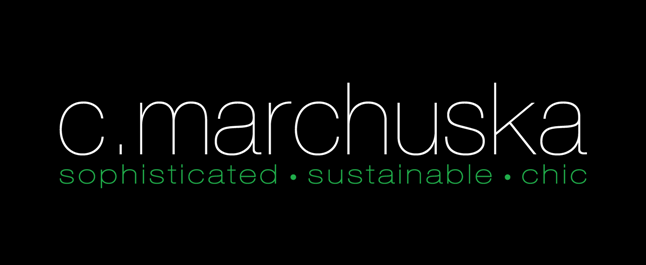
.jpg)
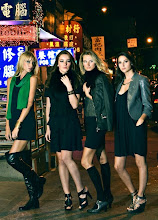
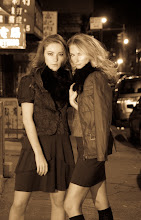

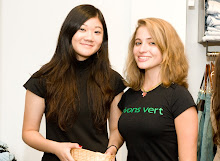.jpg)
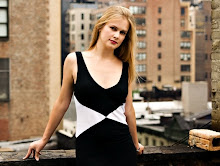

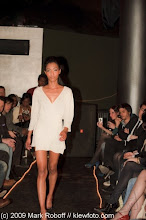





.jpg)




wholesale quinceanera dress
ReplyDeleteoutlet quinceanera dress